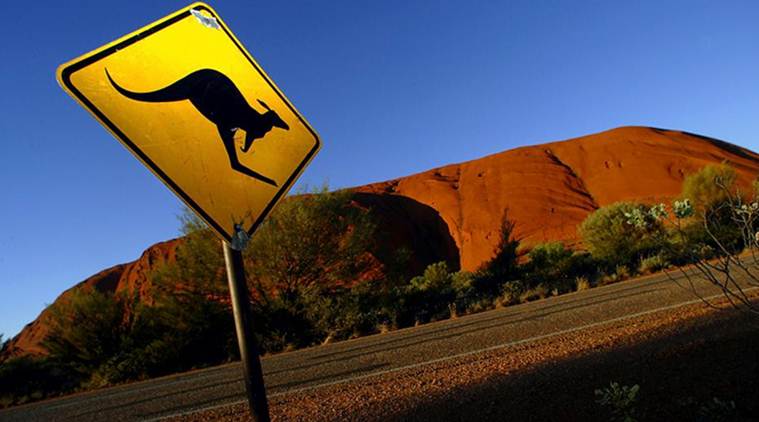A strange new development is taking place in Australia. This is in lines with a rising abnormality in Australian society, if it could be put that way. So what exactly has happened? Well, truth be told, in a country where there has hardly been a dearth in climate issues, the rising concern about carbon emissions already putting the famous land Down Under on a bit of a bother, one wonders what could be another troubling issue?
Then on top of it, one recounts the rising ecological disturbances that Australia has been battling all this while, much of 2019 having gone down fighting with the uncontrollable menace surrounding rising bushfires. To that end, it has to be said that a new concern stares the government in the eye. And most may not have even thought about this. But it appears that all’s not well in the land of the kangaroos, concerning the very element of Australian wildlife that the country is known for.
The Australian government has issued sanctions against Kangaroo slaughter. The situation, back in the country, is a bit severe in some states where the kangaroo population is on the brink. So how serious is the situation, after all?
The government issues sanctions against kangaroo slaughter, after National park and Wildlife services, issued licenses to private shooters. Hunting is still very much a part of the Australian society. But a morbid sighting on one recent November evening actually catapulted the reality to the heightened attention of everyone.
When wildlife photographer Greg Keightley discovered something was not right just around his 200-hectare property at the Blue Mountains National Park, around three hours northwest of Sydney, something brutal caught his eye. What was it?
The ace photographer was shocked and appalled at the sight of finding a group of men violently slaughtering a kangaroo. Around two years ago when he started volunteering at a not-for-profit that mostly looks after animals- mostly Kangaroos- injured in the bush.
But the initial thoughts, that were about the place being a peaceful means to pass time seemed anything but that when the photographer realized the gravity of the situation. Constant sounds of gunshots were actually being fired at the kangaroos.
But the apparent shock at having discovered the dark, hidden side was to turn bleaker as Greg recorded a small group of men carrying scores of Joeys- a kangaroo’s baby- for the purpose of transporting them into a van. There were several whose legs had been cut off, but they were alive.
And that’s not all. Surely, something cruel and sinister was to be behind this harmful motive, it appeared to Greg, who would later find out that the said activity was actually for producing kangaroo meet.
Who would’ve thought about such a thing. And that is exactly what is rising as a contemporary Australian problem; the slaughter of kangaroos.
In addition to the above, Indian Express published a report from DW on the matter and shared:
Last year, Niall Blair, Minister for Primary Industries in the eastern Australian state of New South Wales (NSW) told the media that kangaroo populations had reached “plague proportions.”
On the grounds that some farmers had been complaining of the marsupials eating grass needed for sheep and cattle in a climate of an ongoing drought, Blair said the NSW government had “lifted the number of kangaroos that farmers are allowed to shoot” and that carcasses would no longer need to be tagged.
As a result, the quantity of animals shot is no longer recorded.
David Croft, an honorary fellow at the School of Biological, Earth and Environmental Sciences at the University of New South Wales in Sydney, says kangaroos are being made the scapegoats for a problem caused by humans.
While consumption of kangaroo meat isn’t that surprising a fact, and is, in fact, a common scenario, the real problems stem from a worrying statistic that is available in the public domain:
Australia’s Department of Agriculture says some 3,000 tons of kangaroo meat is exported annually to 60 countries. According to the most recently available government statistics — which date back to 2003 — 75% of this was used for pet food. Some environmentalists say the figure is now higher.
But that said, activists are working and co-operating closely to push for new legislation that spreads awareness about how kangaroo slaughter for meat products is causing irreversible harm to the animal.


